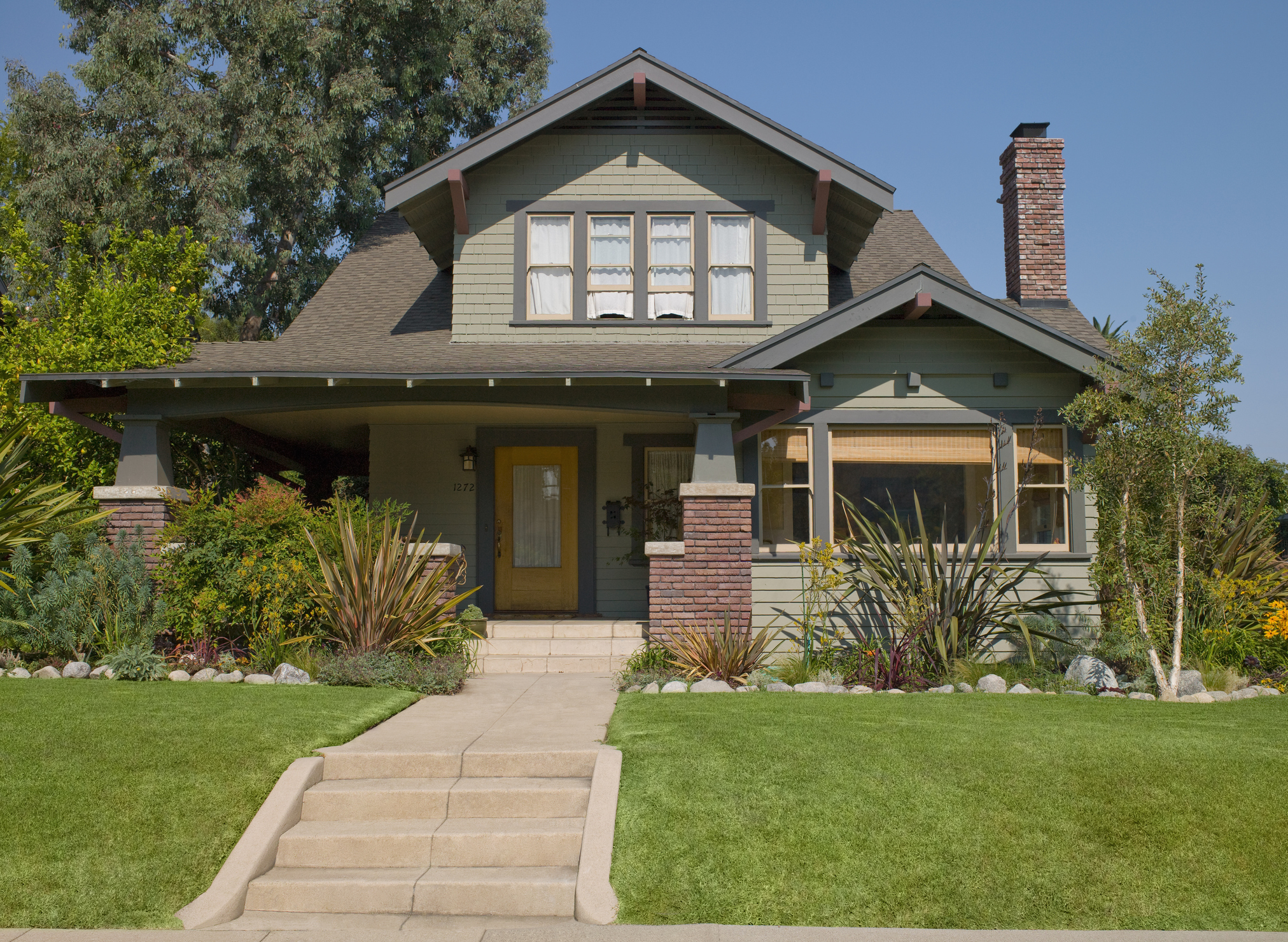You May Not Want to Downsize in Retirement: Here's Why
Your financial planner may urge you to downsize in retirement. But be sure it's right for you before you make a move.


You may want to downsize in retirement if your home has appreciated over the years. Financial planners often recommend this retirement planning move, especially to the many Americans who fear a secure retirement is out of reach. That's because, for most retirees, housing is their biggest expense.
In 2022, Americans ages 65 and older spent an average of $20,362 on housing, or roughly 35% of their income. However, the Urban Institute, citing American Community Survey data, finds that over the past 20 years, the number of older households spending more than half of their income on housing has nearly doubled, rising from 5.2 million to almost 11.7 million.
For many retirees, downsizing could be the solution. Given that median home equity for homeowners ages 65 and over was $250,000 as of 2022, per the Joint Center for Housing Studies of Harvard University, downsizing could give many older Americans an opportunity to shed some of their costs. Some might even walk away with a nice sum of money.

Sign up for Kiplinger’s Free E-Newsletters
Profit and prosper with the best of expert advice on investing, taxes, retirement, personal finance and more - straight to your e-mail.
Profit and prosper with the best of expert advice - straight to your e-mail.
But while downsizing in retirement makes sense for some people, it’s not a given that it will work for you. And it pays to consider the benefits of staying in your home before rushing to put it on the market.
Downsizing in retirement robs you of connection
It’s not an uncommon thing to grow emotionally attached to the home you raised your family in. If that’s the case, you may find that downsizing is a difficult process.
There’s also the comfort of staying in the home and community you love. A 2024 AARP report found that among Americans ages 50 and over, 75% have a strong preference for staying in their current home as they age. And 73% hope to remain in their communities.
A significant drawback of downsizing is giving all of that up. Even if you can stay in the same neighborhood, it’s hard to replace the familiarity that comes with being in the same home for many years.
After all, you know your home’s quirks, like the closet that warps every summer when temperatures rise or the one window that seems to leak every time it rains. In a new home, you face a world of unknowns. And that extends to maintenance and repair expenses, which can be tricky to budget for at any stage of life and particularly tough to cover once you’re on a fixed income.
Moving to a different neighborhood, meanwhile, might feel jarring at a time in life when you’re already making other adjustments. Many retirees have difficulty transitioning into a routine that doesn’t involve a day job and office life. Downsizing and moving to another neighborhood might only pile on.
Most importantly, you'll need to weigh the friendships in your current area with those you might make in a new location or retirement community. Research shows that social connection is critical for a happy retirement and that loneliness comes with a cost to society and our health.
It’s also worth noting that downsizing doesn’t always produce the cost savings it’s expected to. Some retirees give up larger homes and move to condo or townhouse communities where the fees are high. Sometimes, those fees come with the benefit of robust amenities. But they can also erode the financial benefit of downsizing.
Downsizing may not even be an option for some older Americans
Even if downsizing is something you're interested in doing, it may prove more difficult than expected. Redfin reports that 54% of baby boomer homeowners are mortgage-free. For that group, the median monthly cost of owning a home, including insurance and property taxes, is just over $600.
But among those with mortgages, most have low rates. A separate Redfin report found that 88.5% of U.S. homeowners with mortgages have interest rates below 6%.
Many long-term homeowners locked in low mortgage rates by refinancing during the pandemic, when sub-3% mortgages for 30-year loans were not uncommon. With the average 30-year mortgage rate today sitting at closer to 7%, many older homeowners are apt to be hard-pressed to downsize if they’re not mortgage-free. And any savings that might be reaped by downsizing could easily be wiped out by substantially higher borrowing costs.
Is downsizing in retirement right for you?
Ultimately, the decision to downsize is a personal one. If you’re tired of the same old walls and the same burdensome repairs, you may decide that shedding square footage makes sense for you. But if you love your community and don’t want to leave, that’s reason enough to stay put if you can afford to.
Also consider your family situation. If your children have grown and live far away, downsizing could create financial and logistical challenges that prevent them from visiting as often as they’d like. And if you have hobbies that require more space, like woodworking or painting, downsizing might interfere with your ability to stay as busy as you want.
If you do decide to stay in your home, know that there are modifications you can make for aging in place. Some of these can be reasonably affordable, like installing grab bars in bathrooms, while others may be more costly, like widening doorways and putting in slip-resistant flooring.
Ultimately, you’ll need to figure out what makes the most sense logistically, emotionally, and financially.
Read More
Get Kiplinger Today newsletter — free
Profit and prosper with the best of Kiplinger's advice on investing, taxes, retirement, personal finance and much more. Delivered daily. Enter your email in the box and click Sign Me Up.

Maurie Backman is a freelance contributor to Kiplinger. She has over a decade of experience writing about financial topics, including retirement, investing, Social Security, and real estate. She has written for USA Today, U.S. News & World Report, and Bankrate. She studied creative writing and finance at Binghamton University and merged the two disciplines to help empower consumers to make smart financial planning decisions.
-
 12 Investments No Retiree Should Make
12 Investments No Retiree Should MakeIn retirement, when it's wise to take fewer risks with your nest egg, some investments are just nuts.
By David Rodeck
-
 What the Capital One Discover Merger Means for Your Wallet
What the Capital One Discover Merger Means for Your WalletThe Capital One Discover merger reshapes the credit card landscape and could impact your credit card rewards, interest rates and card perks.
By Paige Cerulli
-
 My Advice for Enrolling in Medicare Part B — Based on Experience
My Advice for Enrolling in Medicare Part B — Based on ExperienceEnrolling in Medicare is notoriously complicated and can result in penalties if you get the timing wrong. Here are some valuable tips for first-timers.
By Sandra Block
-
 What It Really Takes to Buy a Home in 2025: Affordability, Income and Market Challenges
What It Really Takes to Buy a Home in 2025: Affordability, Income and Market ChallengesHome prices are up, mortgage rates are high and buyers are getting older. Here's what it really takes to afford a house in today's market.
By Dori Zinn
-
 Before You Invest Like a Politician, Consider This Dilemma
Before You Invest Like a Politician, Consider This DilemmaAs apps that track congressional stock trading become more popular, investors need to take into consideration some caveats.
By Ryan K. Snover, Investment Adviser Representative
-
 How to Put Together Your Personal Net Worth Statement
How to Put Together Your Personal Net Worth StatementNow that tax season is over for most of us, it's the perfect time to organize your assets and liabilities to assess your financial wellness.
By Denise McClain, JD, CPA
-
 I'm 50 and My Home Is Worth $5 Million. Can I Retire Now?
I'm 50 and My Home Is Worth $5 Million. Can I Retire Now?It may be oh-so tempting to cash out your upscale home and leave work for good. But should you? We ask the experts.
By Maurie Backman
-
 Bouncing Back: New Tunes for Millennials Trying to Make It
Bouncing Back: New Tunes for Millennials Trying to Make ItAdele's mournful melodies kick off this generation's financial playlist, but with the right plan, Millennials can finish strong.
By Alvina Lo
-
 Americans Are Retiring Later: Will This Trend Last?
Americans Are Retiring Later: Will This Trend Last?Given a host of pressures to keep working, Americans are retiring later in life. Will regulatory and economic forces encourage you to work longer?
By Christy Bieber
-
 Retiring Without a Partner? How Singles Can Maximize Their Savings
Retiring Without a Partner? How Singles Can Maximize Their SavingsRetirement can be expensive, especially when you do it alone, surveys show. But there are ways to maximize your retirement savings even when facing your second act without a partner.
By Kathryn Pomroy